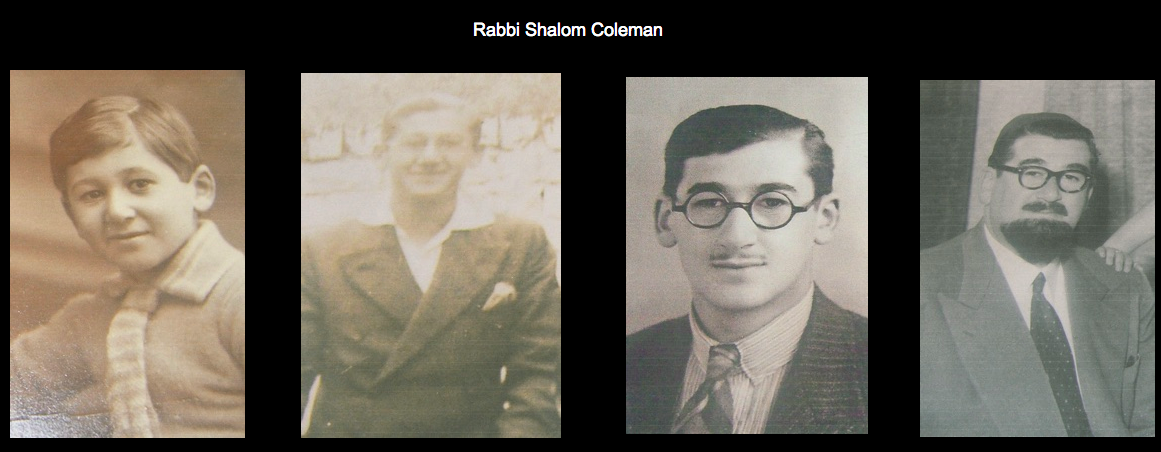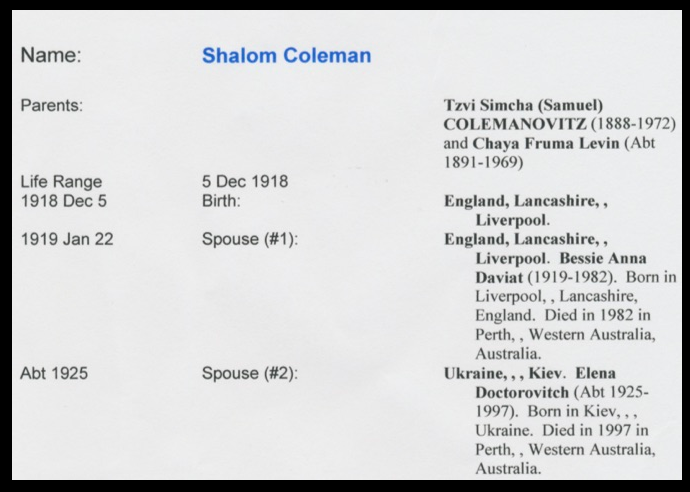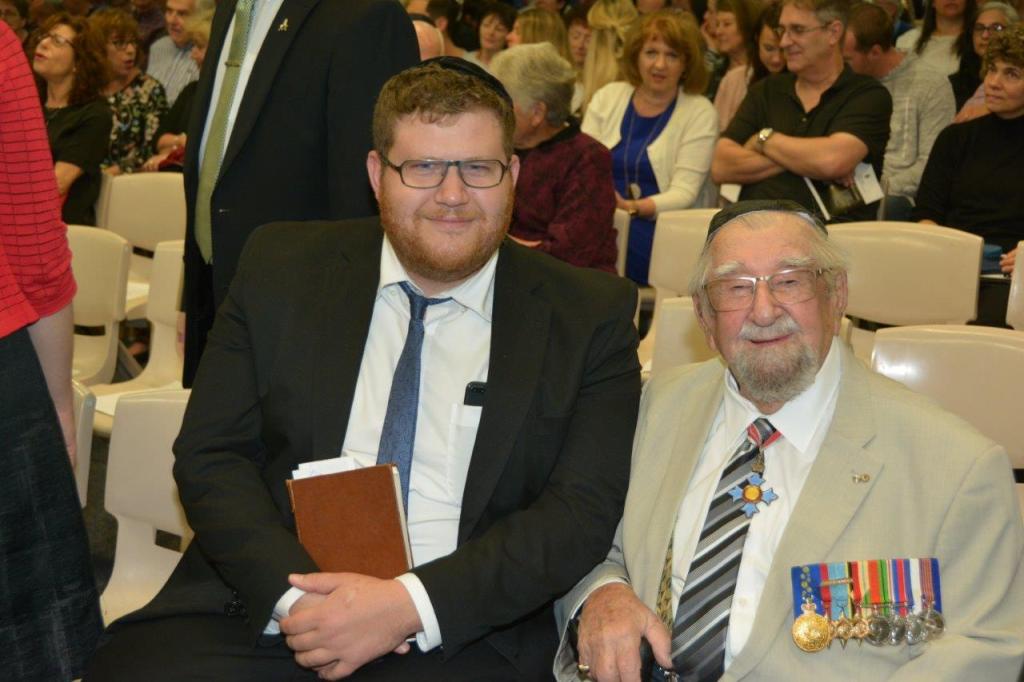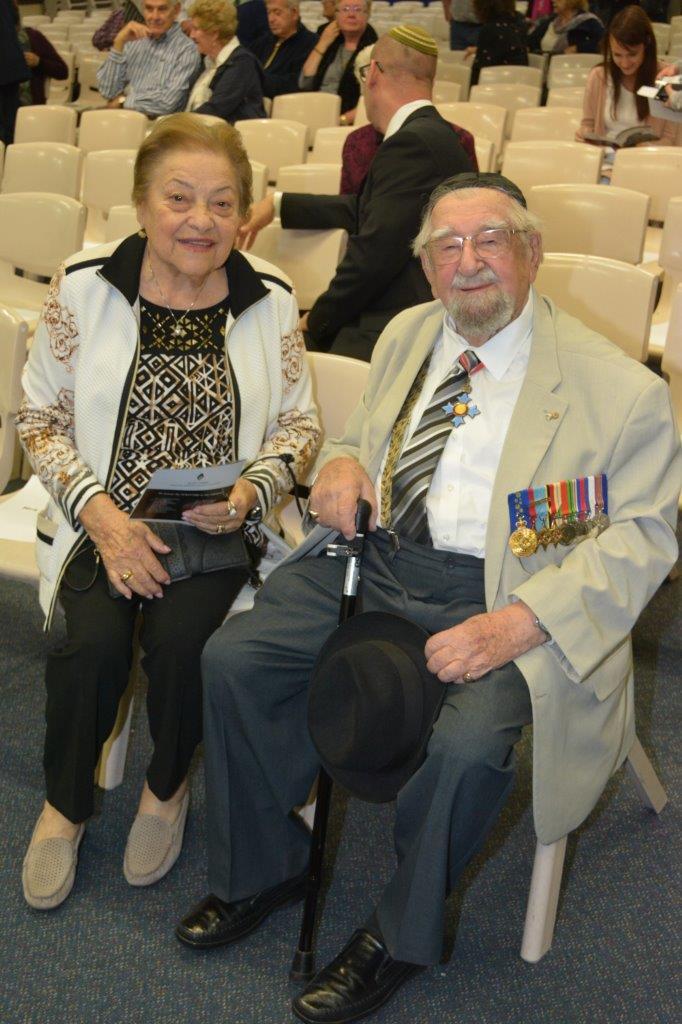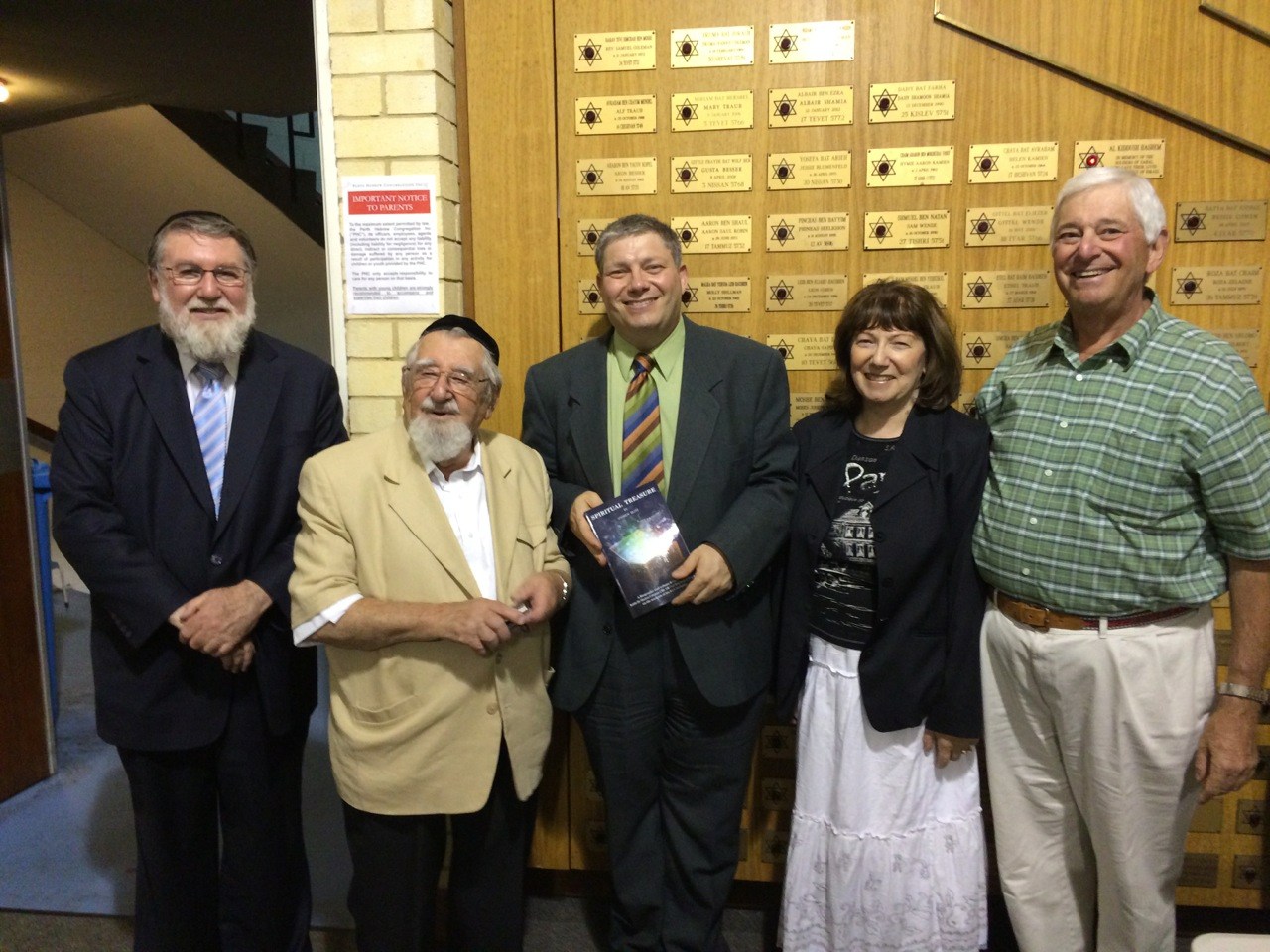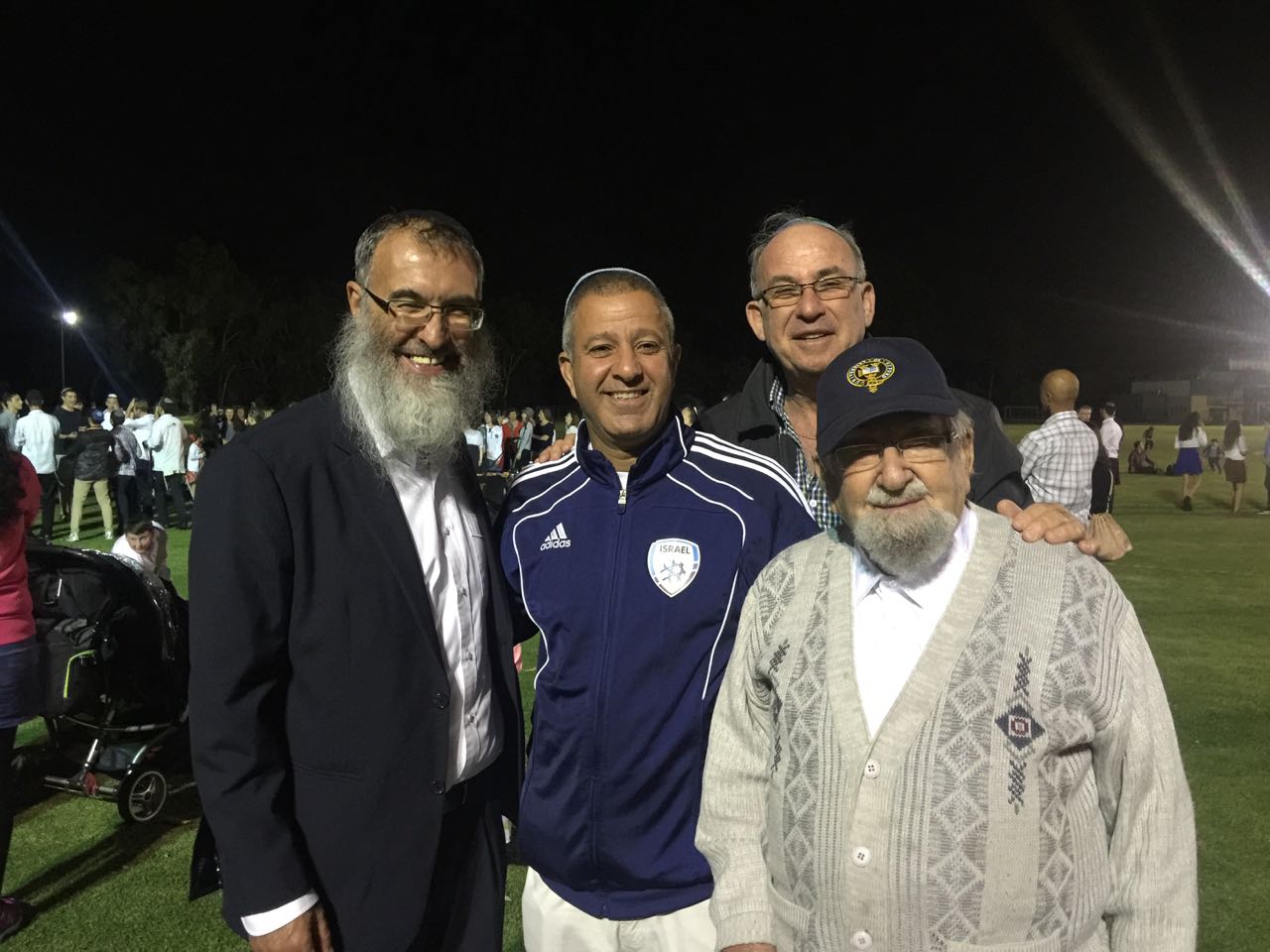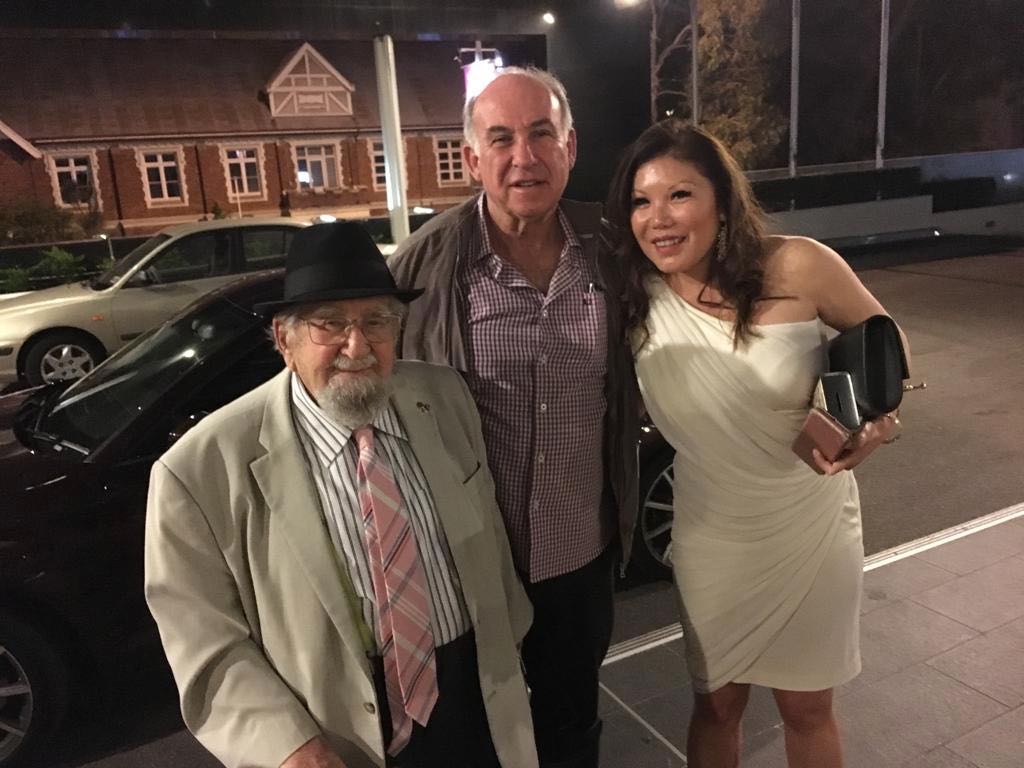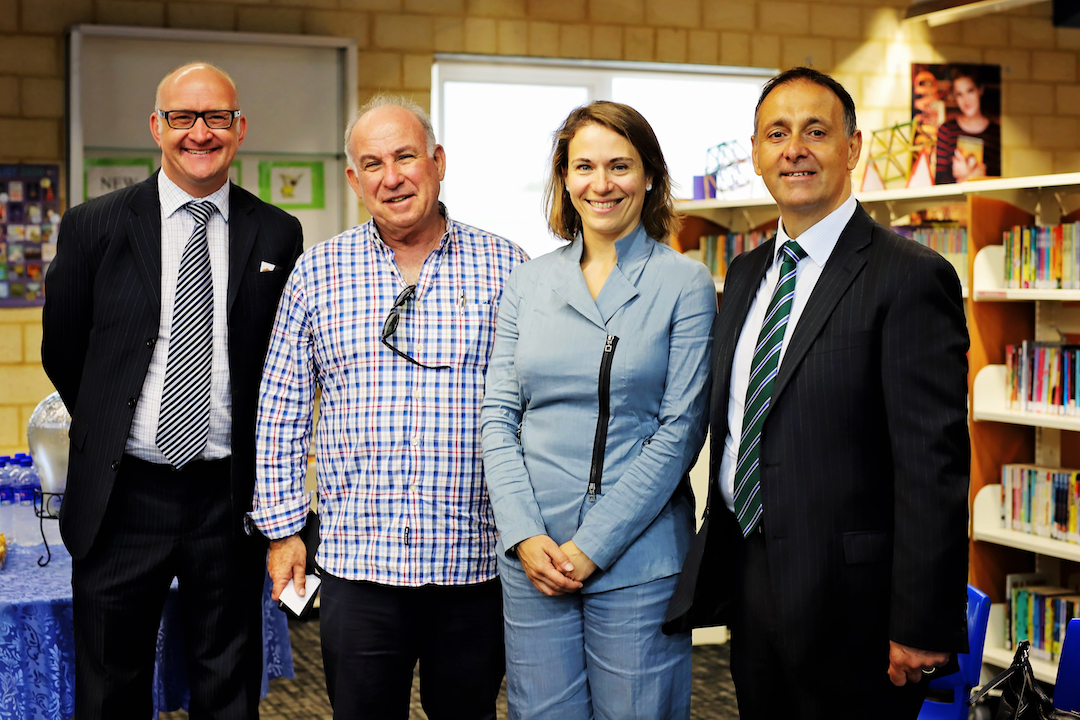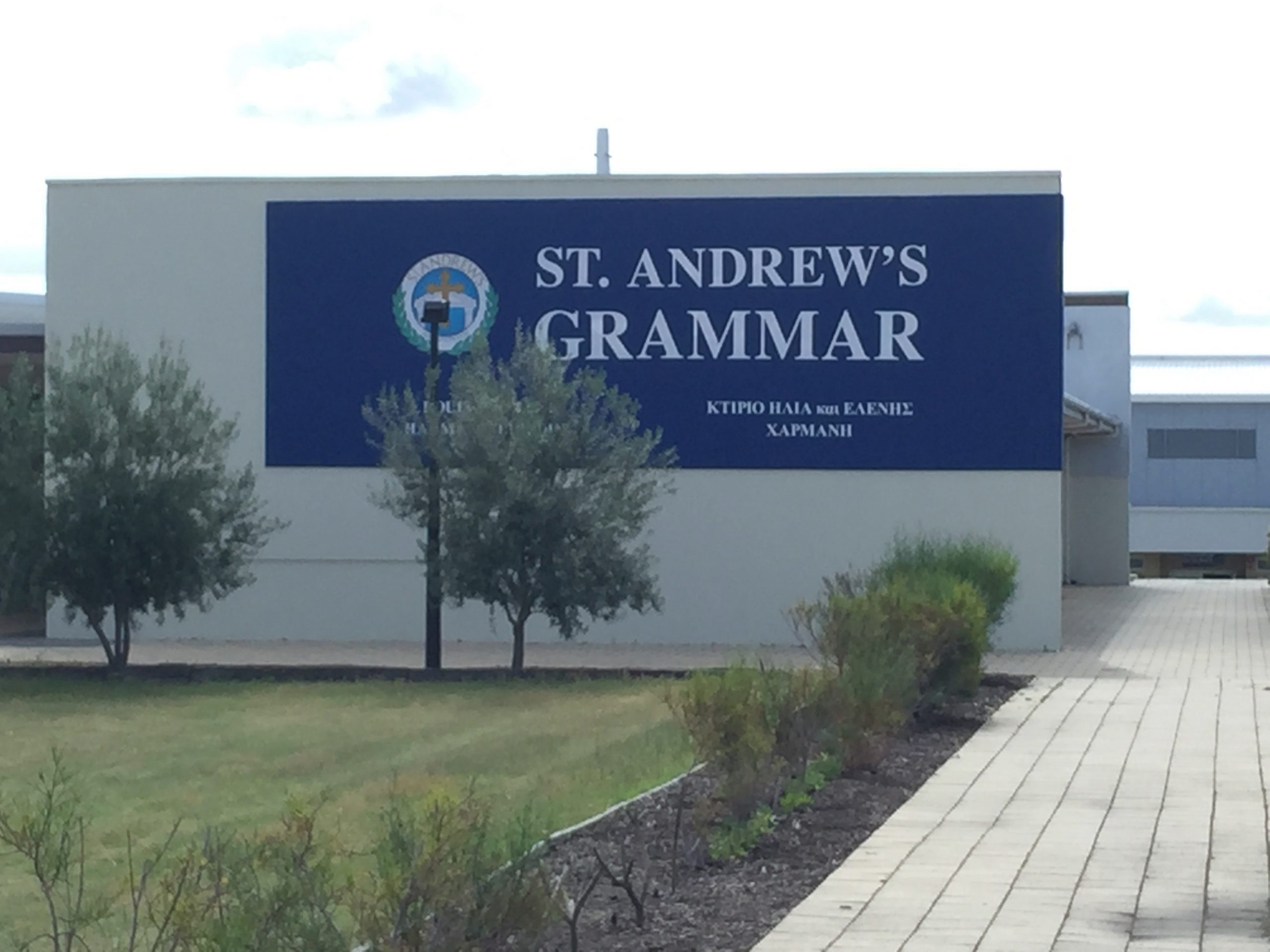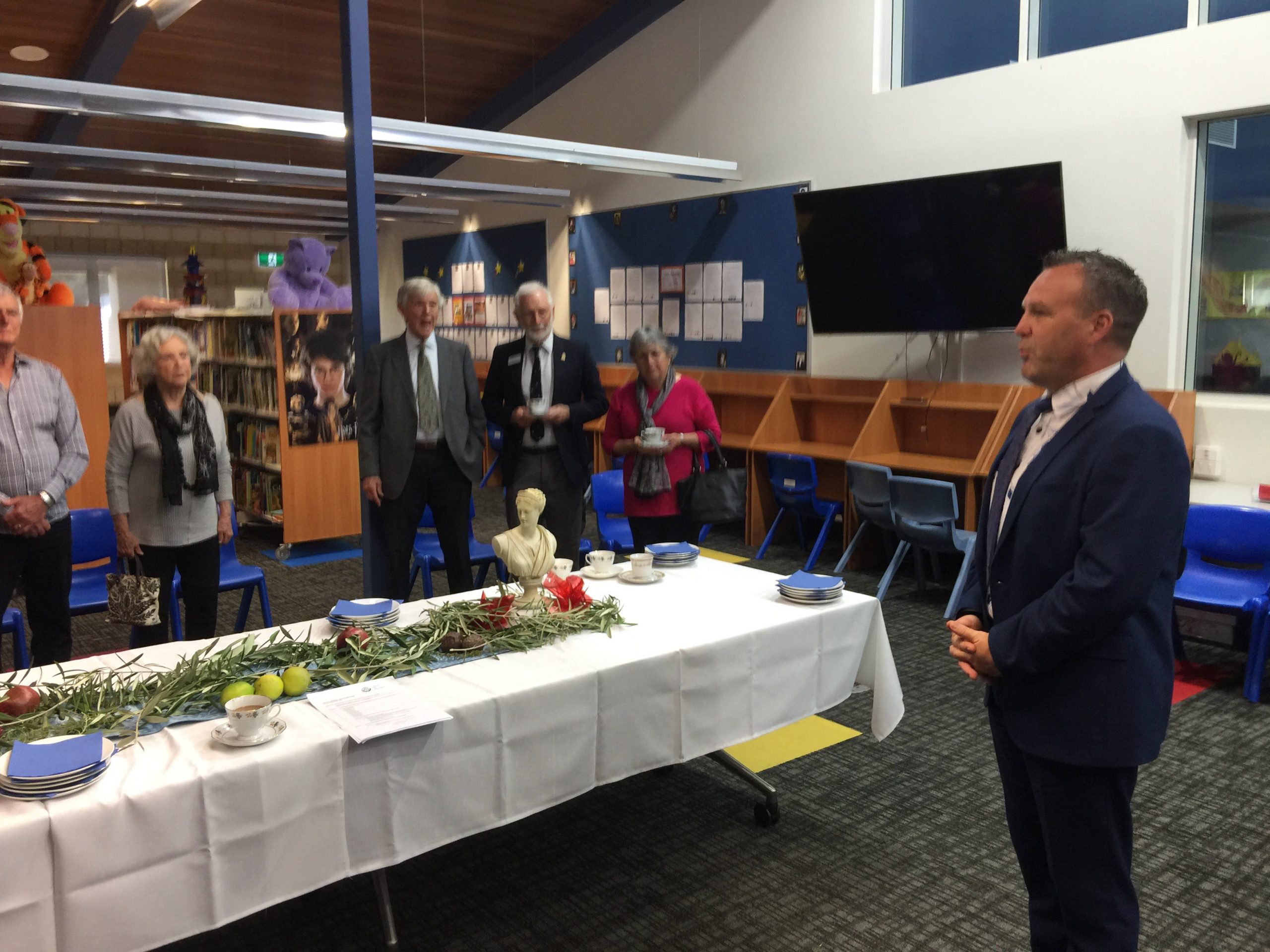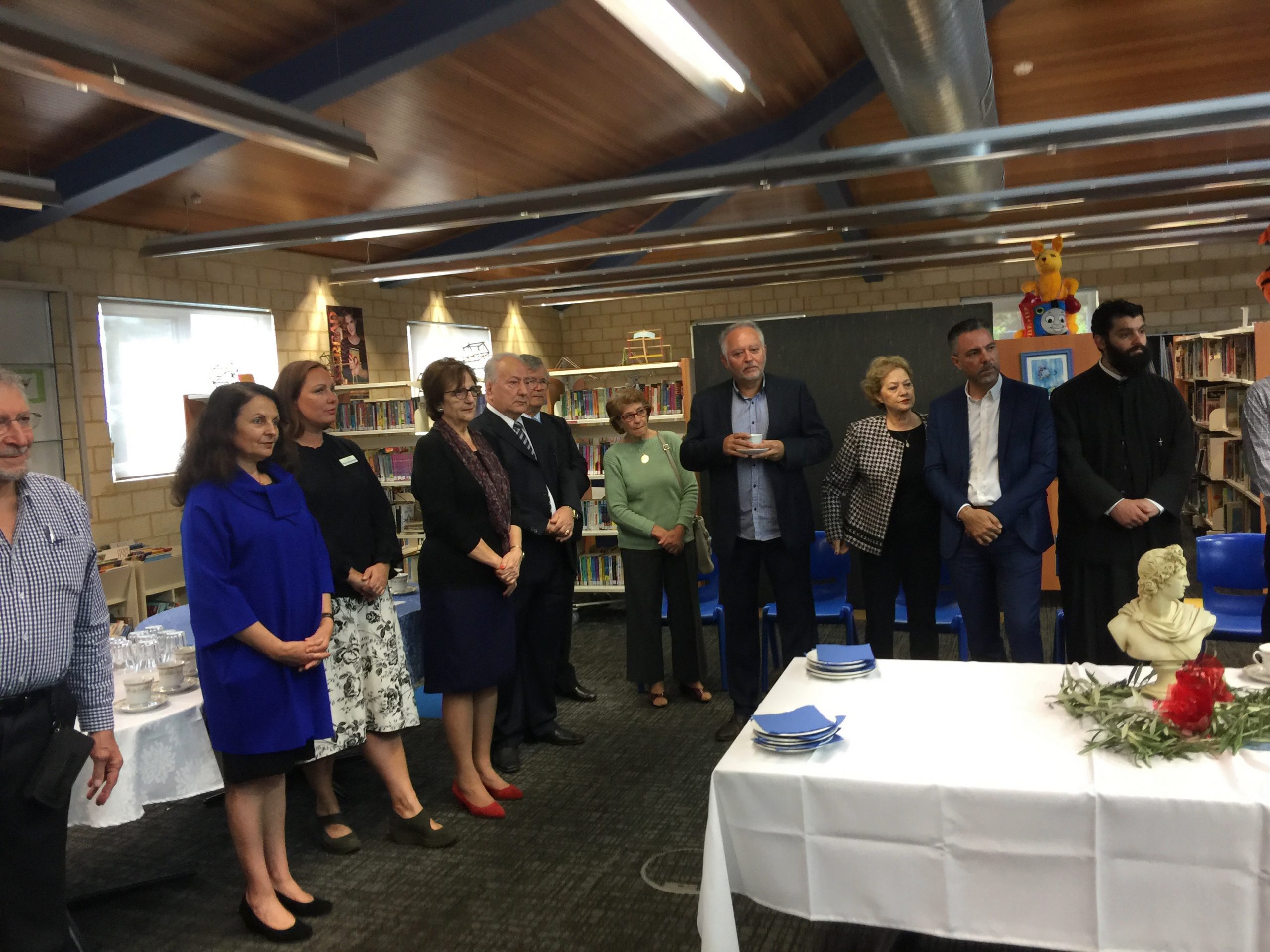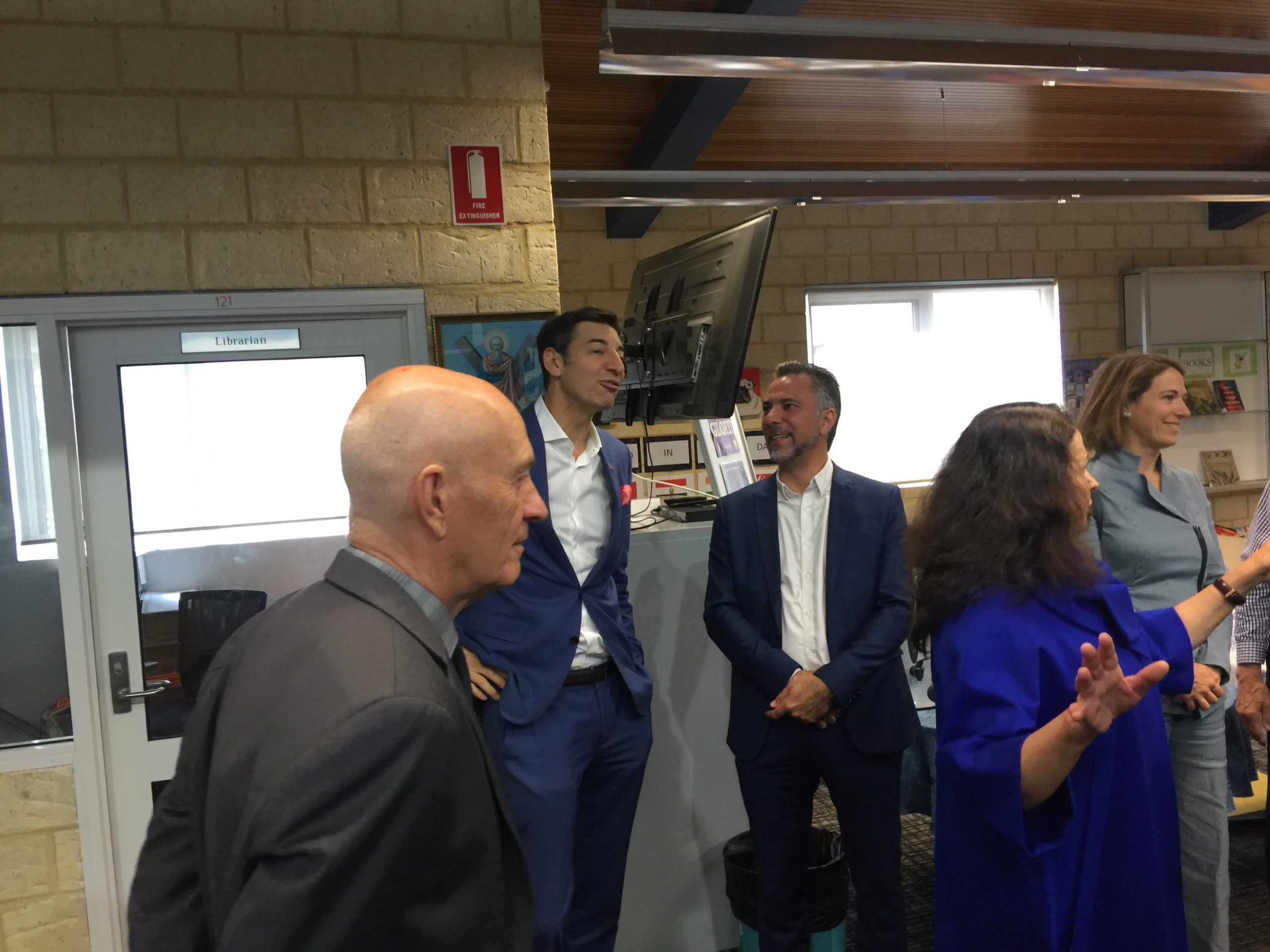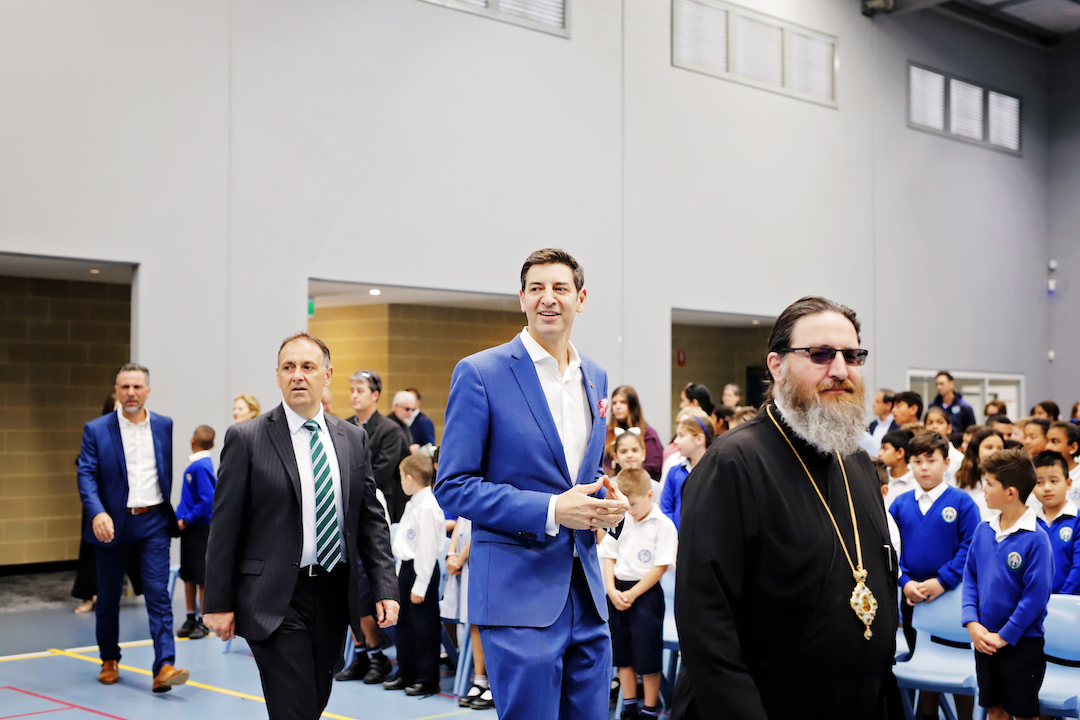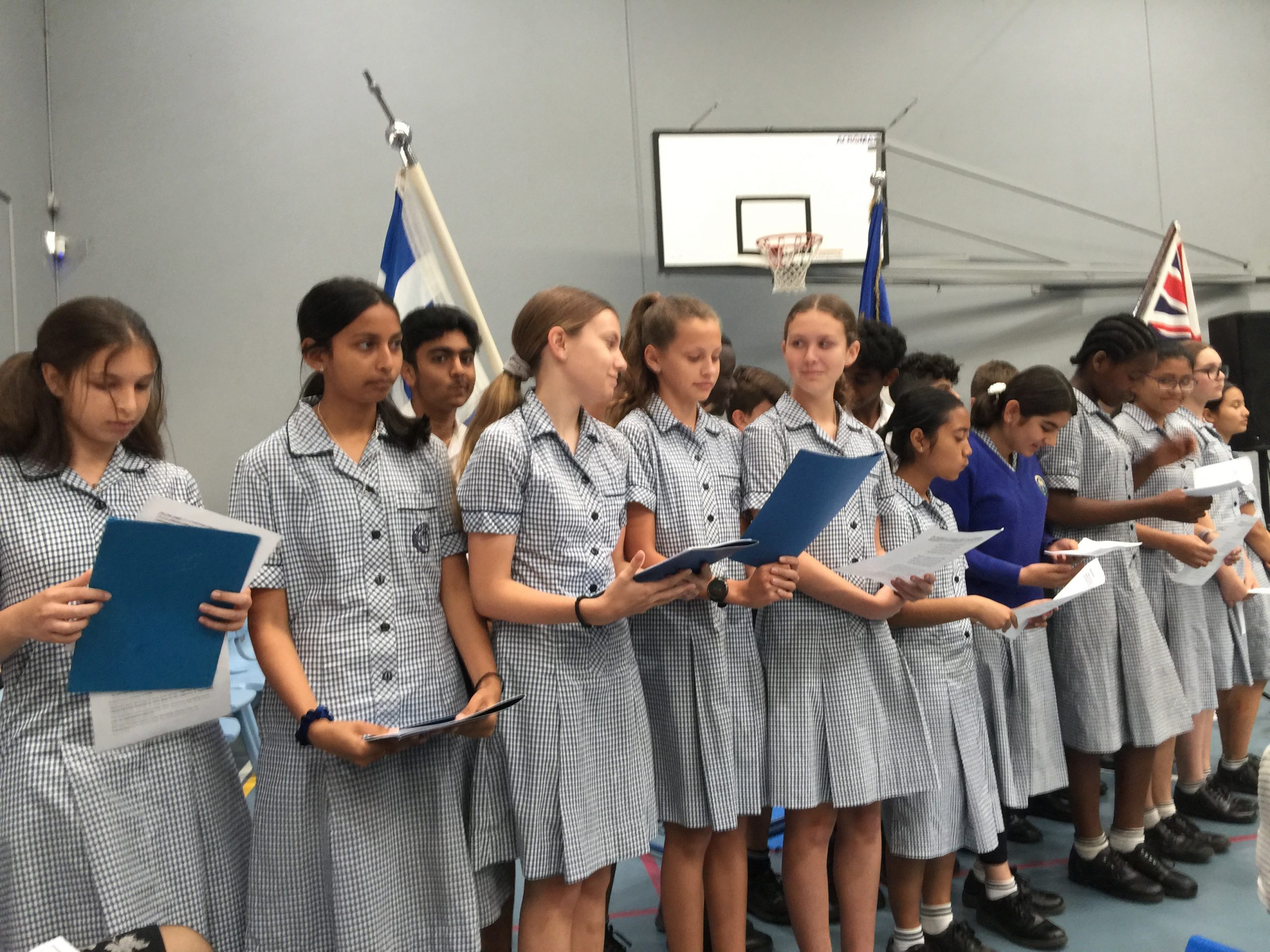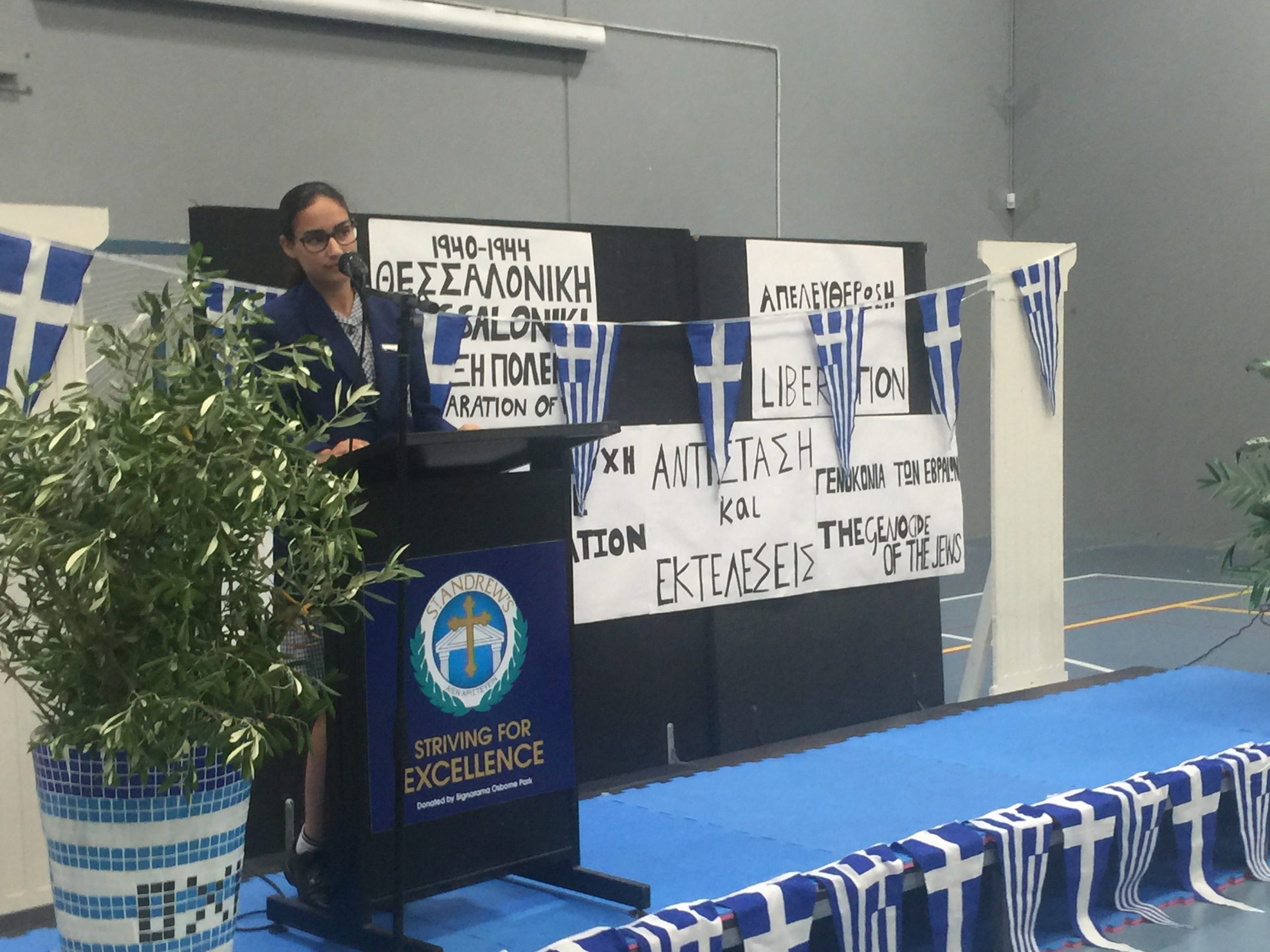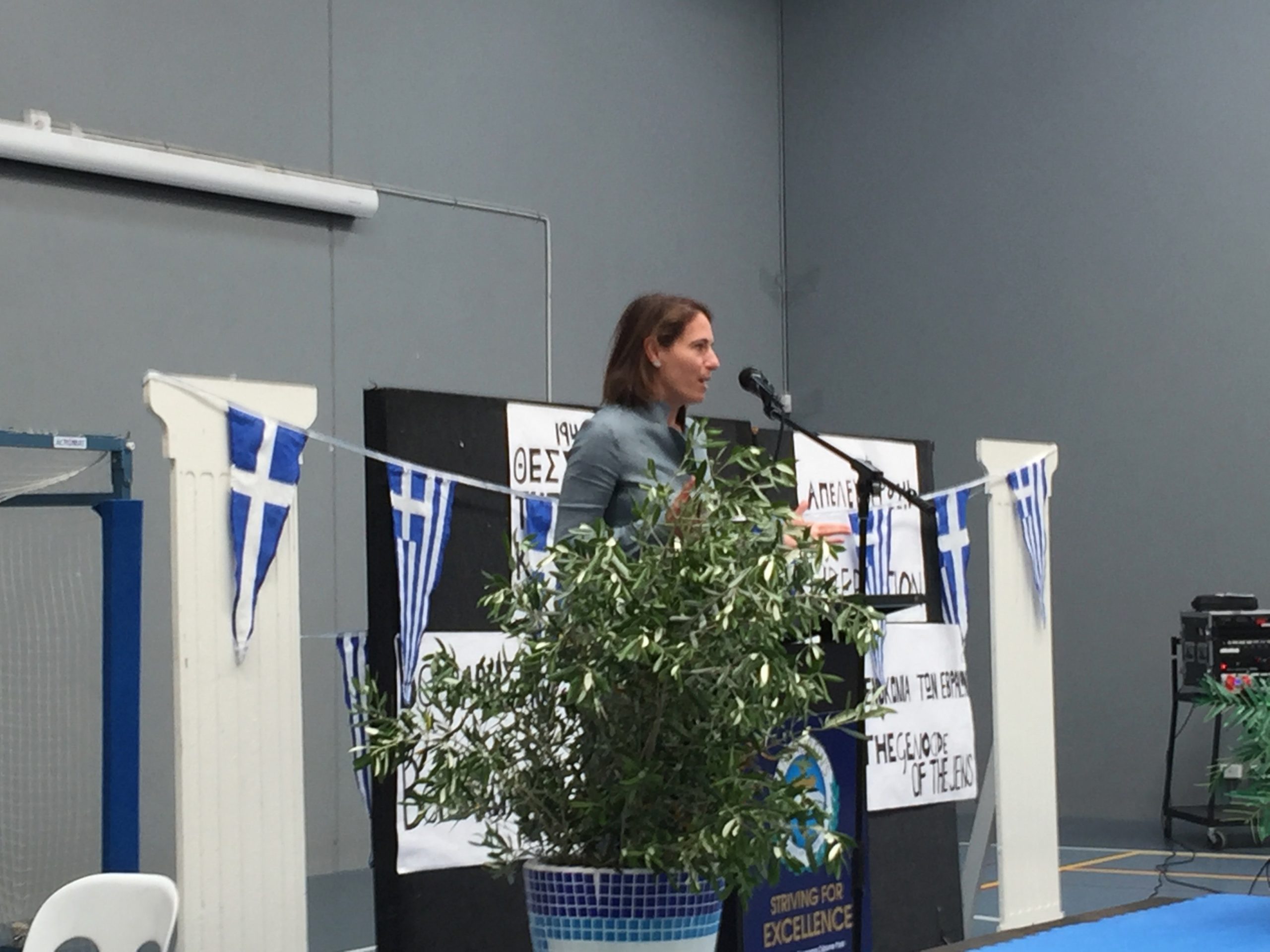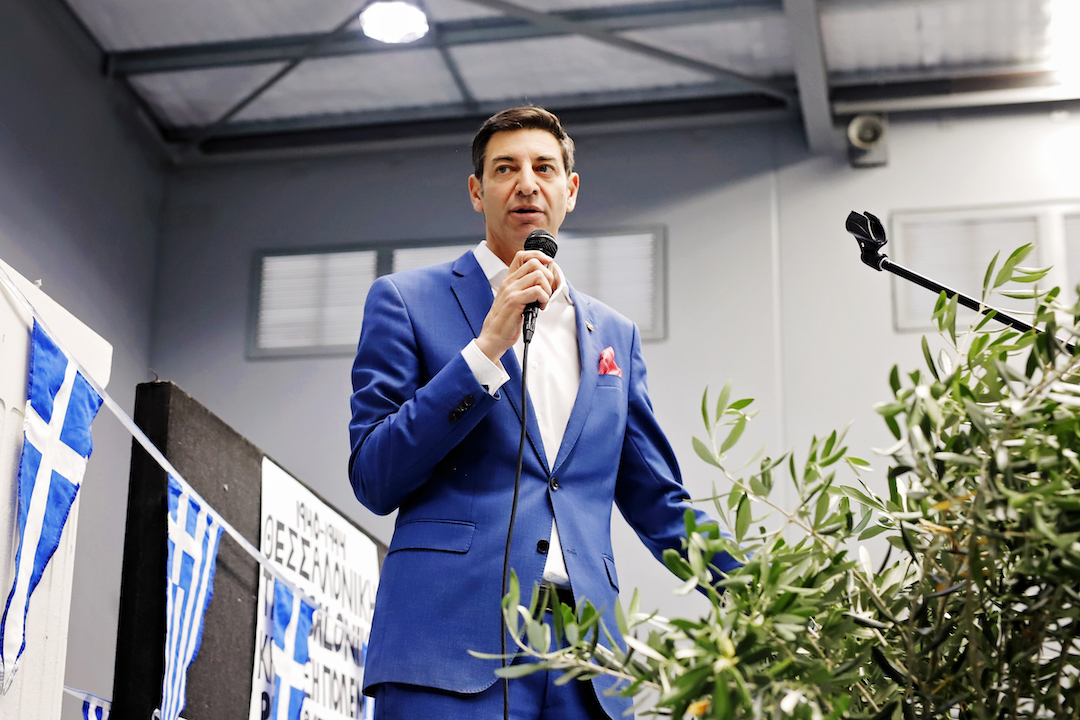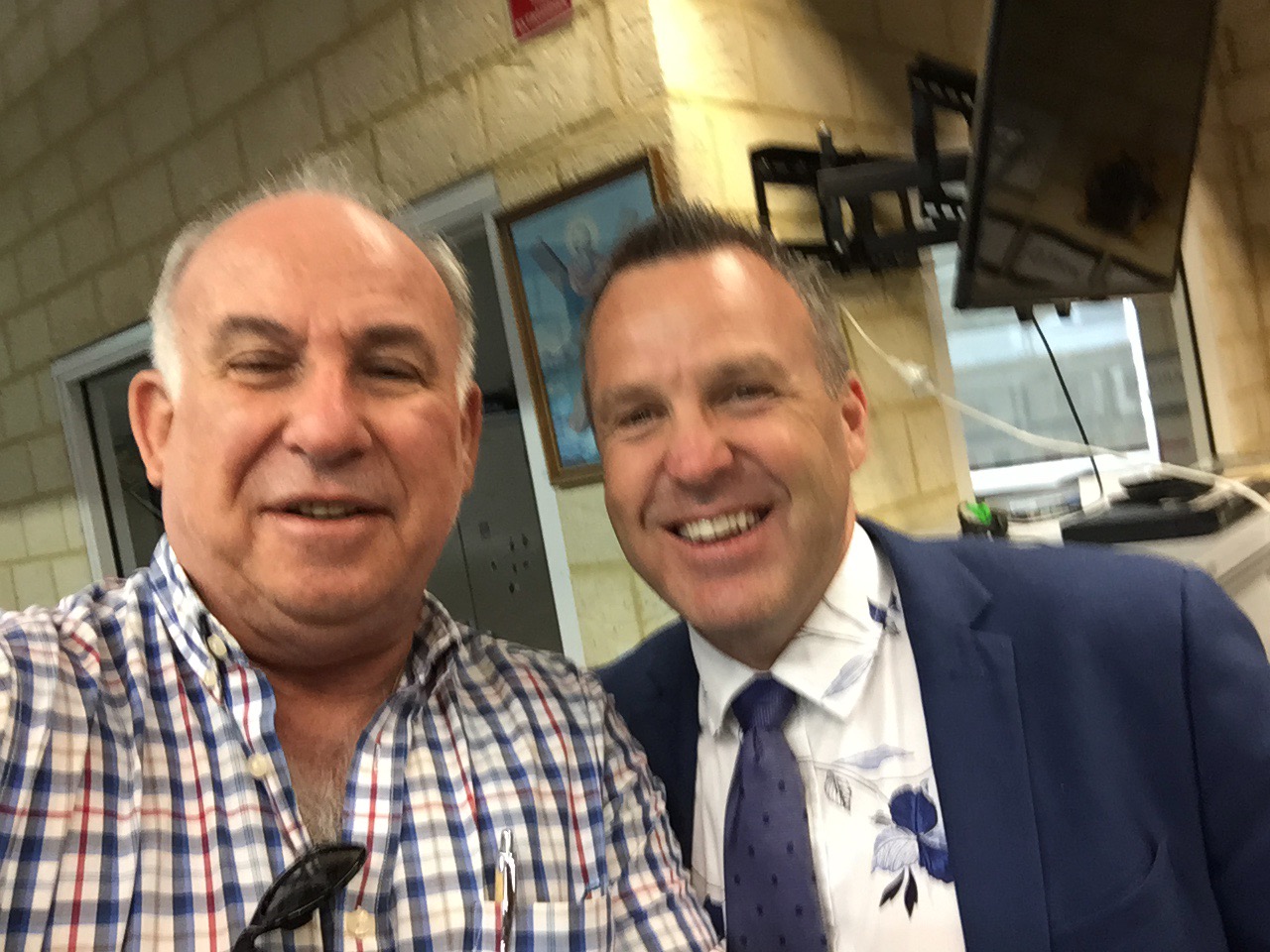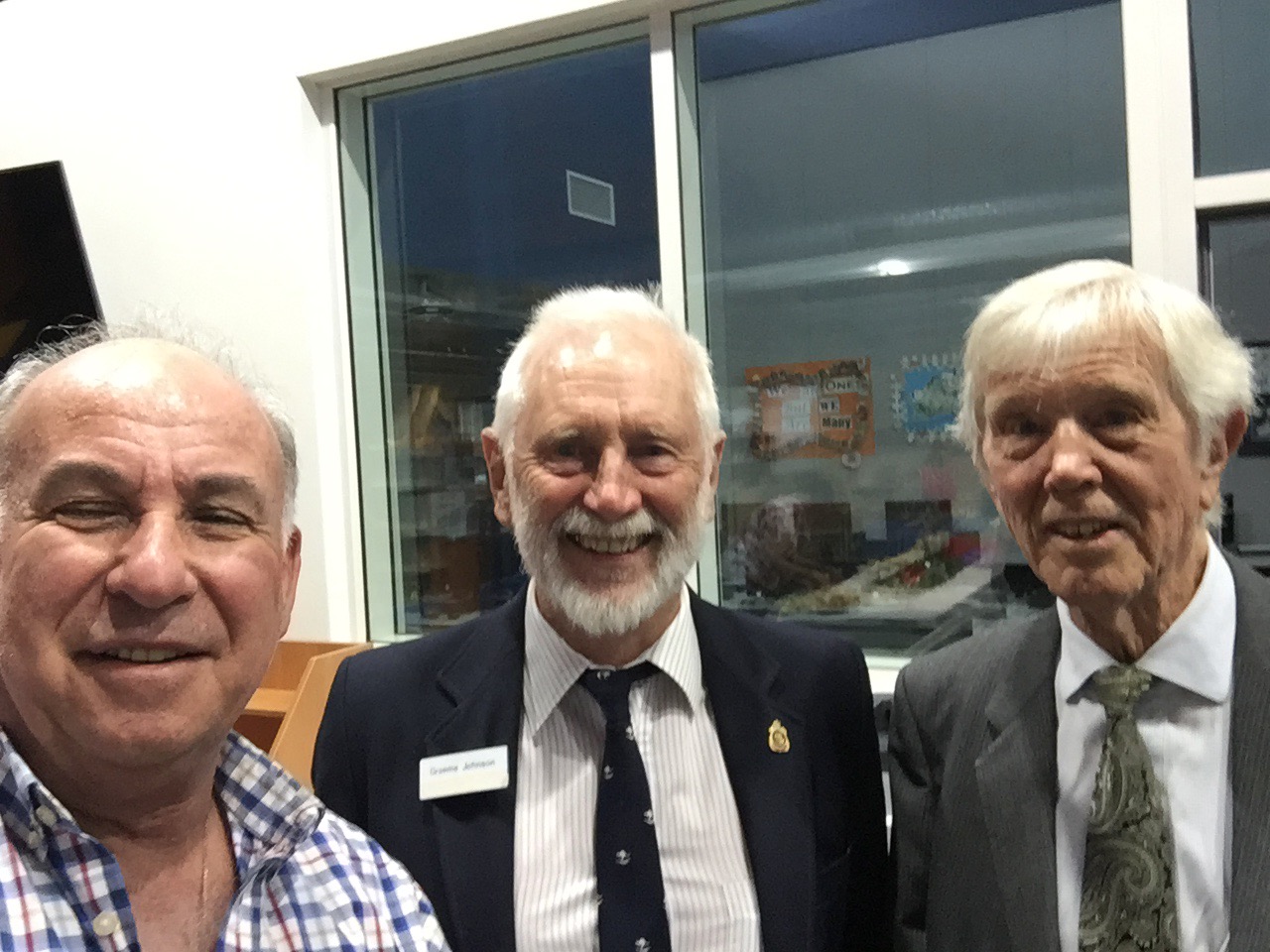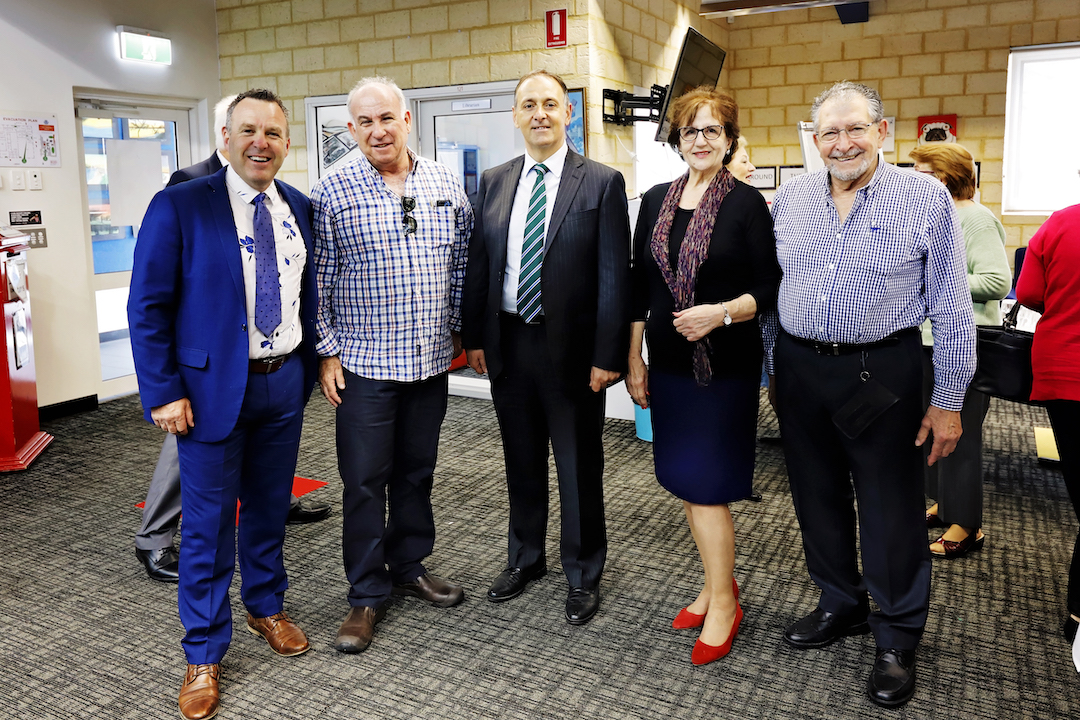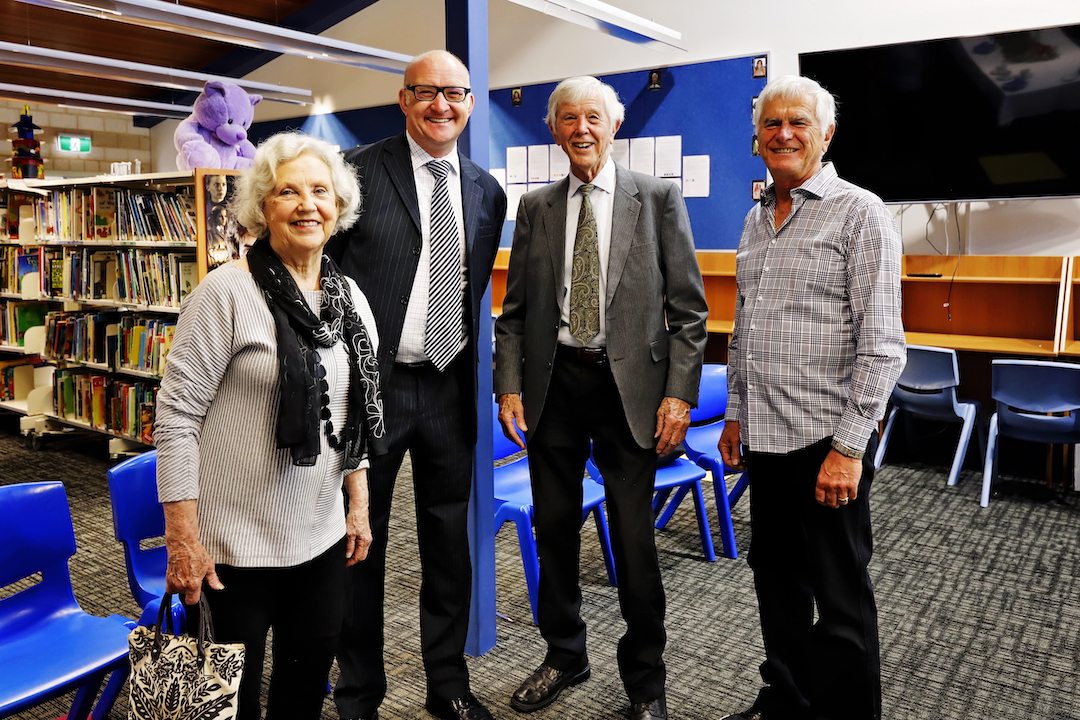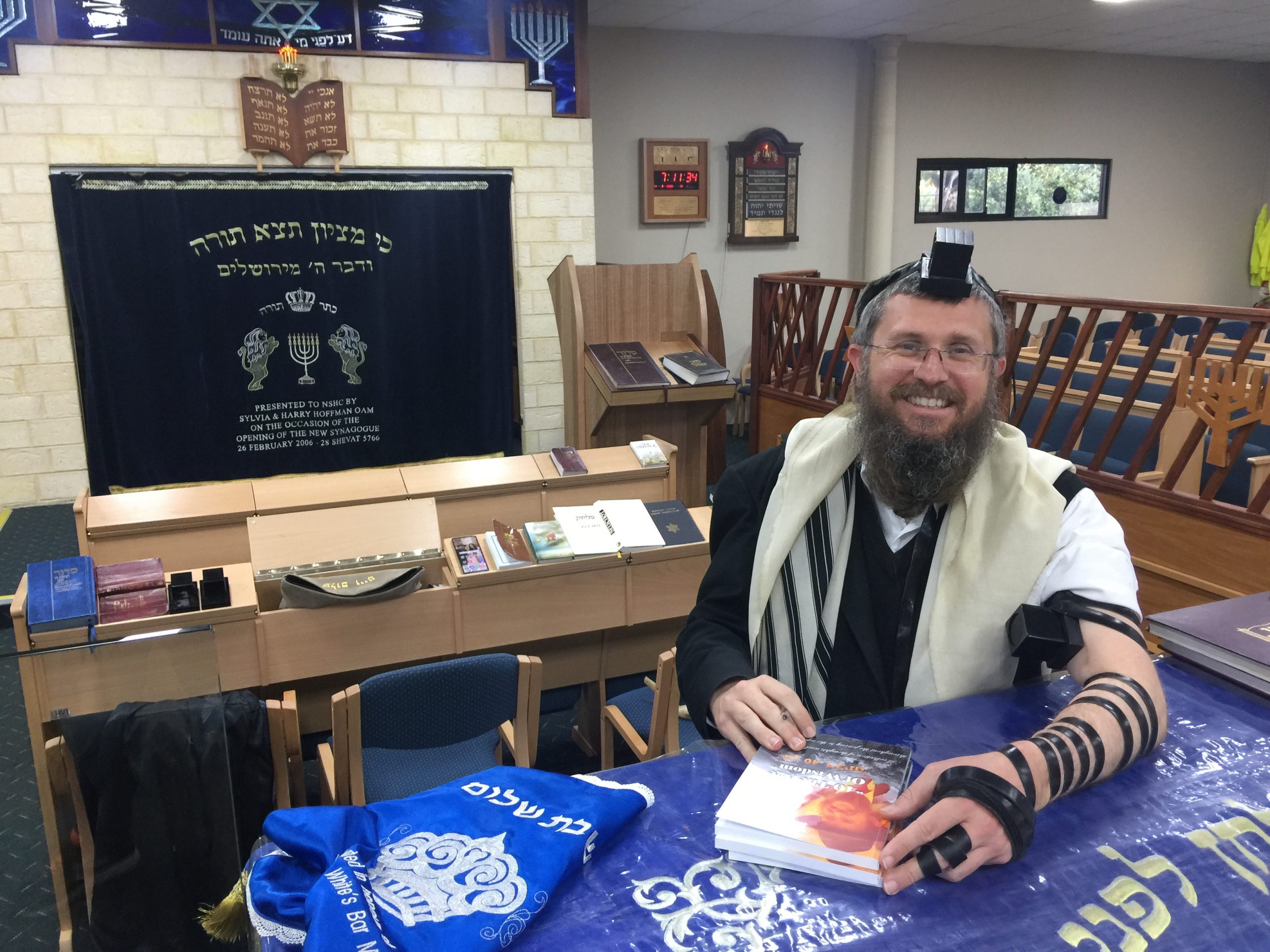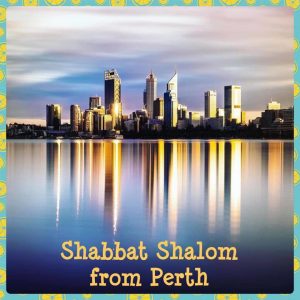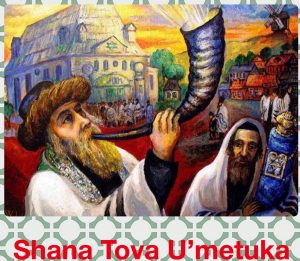The Ochberg Orphans, previously known as the Ukrainian Pogrom Orphans, celebrate the centenary of their arrival in South Africa in 1921.
PUBLICATIONS ON THE OCHBERG ORPHANS AND ISAAC OCHBERG
by David Solly Sandler
Uploaded by Eli Rabinowitz
OCHBERG ORPHANS AND THE HORRORS FROM WHENCE THEY CAME (Volumes one and two published in 2011 and 2017) were compiled by David Solly Sandler who also reprinted in 2014
THIS WAS A MAN (THE LIFE STORY OF ISAAC OCHBERG 1878-1937) A reprint of the original book by Bertha Epstein, (published 1974) by kind permission of the biological Ochberg family.
Full proceeds on all three books go to Arcadia Jewish Children’s Home (run by the Chevrah Kadisha) and still looking after children in need.
Please contact David Solly Sandler sedsand@iinet.net.au for the books
OCHBERG ORPHANS AND THE HORRORS FROM WHENCE THEY CAME (PUBLISHED 2011)
Ochberg Orphans and the Horrors from whence they came (Published 2011 – 640 pages)

The rescue in 1921 of 181 Jewish Orphans by Isaac Ochberg, the representative of the South African Jewish Community, from the horrors of the ‘Pale of Settlement’
This book tells the story of a forgotten part of Jewish History; a period completely overshadowed by the Holocaust; the horrors of war and pogroms and starvation and disease suffered by Jews in the Pale of Settlement from 1914 to 1922. It details the horrors and the help given to these desperate people by Jewish communities established in the USA, Canada, Palestine and South Africa.
The book then focuses on, and follows up on the lives of the 181 Jewish Orphans rescued from the ‘Pale of Settlement’ in 1921 by Isaac Ochberg, the representative of the South African Jewish community. Half of these Ochberg Orphans, on arrival in South Africa, were placed in the care of the Cape Jewish Orphanage (later known as Oranjia) while the rest were sent to Johannesburg and placed in the care of the South African Jewish Orphanage (later known as Arcadia).
While the firsthand accounts of the Ochberg Orphans are included in part one of the book, the secondhand accounts, as recorded by their descendants, are in part two and part three of the book. Part two, Cape Town, South Africa, contains the history of Oranjia and the life stories of the Ochberg Orphans in its care and similarly part three, Johannesburg, South Africa contains the history of Arcadia and the life stories of the Ochberg Orphans in its care
The book contains the life stories of 120 of the 181 Ochberg Orphans.
“The Ochberg Orphans and the horrors from whence they came” reviewed by Lionel Slier.
Book review of “The Ochberg Orphans and the horrors from whence they came” compiled by David Solly Sandler . Review by Lionel Slier
2011 could be called “The Year of Isaac Ochberg.” Isaac who? was what many people would have asked previously. The South African Jewish Report called him: “South Africa’s long lost philanthropist.”
Isaac Ochberg was born in the Ukraine in 1878 and followed his father to Cape Town as a 16 year old youth (1894). He became a successful entrepreneur and business man, involved in ship buying, ships’ salvage, property, fashion shops and, in fact, built the first cinema in Cape Town. He became very wealthy and was also a philanthropist of note. He was the President of Cape Town’s Jewish orphanage. (1).
The First World War (1914-18) was fought on many fronts but it was on the Eastern Front where the German and the Russian armies confronted each other, on territory that was part of the Pale of Settlement (2) Eastern Poland, Belarus, and Ukraine mainly; that caused devastation, destruction and death to the Jewish communities living there. How many died is not recorded. The fortress border city of Brest Litovsk (3) changed hands four times as the armies advanced and retreated.
When the war ended in 1918 the suffering of civilians did not. A ‘flu epidemic is believed to have killed as many people again as had died in the fighting. Inevitably among the worst affected were the children. The American Jewish Joint Distribution Committee estimated that almost half a million Jewish children were left as orphans – wretched, homeless, verminous, hungry, helpless and dying, Something had to be done to help these children!
In Cape Town Isaac Ochberg was approached and he readily agreed to help. He approached the South African Prime Minister, J.C. Smuts with a proposal to bring children to this country, hoping that the local Jewish communities would adopt them. Smuts agreed but imposed conditions. The Jews here were to bear the entire cost of the operation, only orphans were to be brought, no families were to be broken up, no physically or mentally disabled children were to be taken and no child over sixteen years of age could be brought out. Ochberg accepted and the number of children as fixed at 200.
In March 1921 Ochberg set out for Eastern Europe. In London, a visa was arranged for him by Fridjon Nansen, the Polar explorer who had been involved in food relief for Russia. Russia, itself, was in chaos – the Communist revolution had taken place, followed by a civil war; hunger and disease were rife. Undeterred, Ochberg, accompanied by a British Jew, David Dainow, went to Warsaw, then on to Belarus and the Ukraine, travelling by any means he could find including a donkey cart. He visited orphanages and shuls collecting children. He ignored Smut’s conditions in many cases but collected 235 children (4) and brought them to England on the S.S . Baltara. After a three week stay at the ‘Shelter for Jewish Poor’ in London’s East End, because Ochberg took ill, he left with 187 children on the Edinburgh Castle. (5). They arrived in Cape Town on the 21st September 1921. 100 children went to the Cape Town orphanage and 87 were sent to Johannesburg, where, after some problems about accommodating them, the Jewish Board of Deputies bought ‘Arcadia’ in Parktown from Lionel Phillips, a wealthy Randlord.(6). The Jewish Orphanage, at that time, was in Benbow Street, Kensington, and the children there were brought to Arcadia where they lived with ‘The Russians’.
Now to David Solly Sandler who by collating stories and memories from Ochberg descendants compiled this book. He had already produced two earlier books about Arcadia. Sandler was born in Johannesburg in 1952 and spent 1954 to 1969 at Arcadia. After matric, he did his National Service and then qualified as a Chartered Accountant in 1976. In 1981 he immigrated to Perth, Western Australia where he retired in 2007. As Sandler writes in the foreword of this book, “The approach of the centenary of Arcadia (2006), (7) (100 Years of Arc Memories) prompted the first book., which was published in May 2006, to celebrate the centenary, and a completed a journey of over six years and a labour of love though some call it a meshugas. In those years I was privileged to meet with, and get to know many Arc brothers and sisters spanning many generations across the world. Over the next two years I continued to collect more Arc Memories and at the end of 2008 ‘More Arc Memories’ was published.
“It was only towards the completion of ‘More Arc Memories’ that I started to receive, via the Jewish grapevine, the life stories of Ochberg Orphans and I realized that we needed a third volume to properly record their story.” (17 chapters of the second book contain stories of the Ochberg children). “And so now, after a further two years of collecting memories, I am happy to present this third volume, ‘The Ochberg ‘Orphans’. Subtitled ‘and the horrors from whence they came.’ The book is divided into three parts and eleven sections. The first part is about the Pale of Settlement and the horrors that took place there – the war, the pogroms in the Ukraine, the starvation and the death of children’s parents. There is horror piled upon horror, with what “The Hebrew Standard, July 28 1922” newspaper called ‘The Ukraine Gehenna.’ There is some relief in the next section, which tells about the help given by Jewish communities, including ‘The South African War Victims Fund.’
Section 3 is devoted to the Pinsk Orphanages and the outrages that occurred there. A sainted man is written about; he is Alter Bobrow who involved himself in looking after the children as best he could. Bobrow came to South Africa and spent time assisting at the Cape Jewish Orphanage. There is an excellent chapter about him written by Liebe Klug. David Solly Sandler has a work in progress about the three Pinsk Orphanages and inevitably Alter Bobrow will feature in the story.
Sections 4 and 5 relate some stories of Ochberg in Eastern Europe, including photos and documents, together with an extremely moving story of Feiga Mirel Shamis and her struggle written in Yiddish and later sent to her son Mannie Favish and her daughter, Rose Miller (who were both brought out by Ochberg). Mannie had the book translated into English and it fills 15 pages of this book. It is the story of the struggle to survive typical of the Jews of that place and that era.
Part 2 is about Orangia- the Cape Jewish Orphanage with 37 stories about Ochberg orphans who went there –all riveting, all similar but all with differences.
Part 3 moves to Johannesburg with a history of the Jewish Orphanage there, and the relocation to Arcadia, the stories of 35 Ochberg children, all different, all sad yet many inspiring and all gripping.
Sandler has written, “This book is about the suffering of the Jews in the Pale and the help given to these desperate people in their time of need by their brethren, the Jewish Communities around the world”
South Africa was not found wanting and in Isaac Ochberg they had a man who did not hesitate to go and give assistance. In the annals of the narrative of the Jews of South Africa this is a story that the local Community can justly be proud of. This book is a social history about some of the Jews who escaped from the horrors of their existence in Eastern Europe and who were given a new life in South Africa. All their stories are important and David Solly Sandler has collected and saved them for us. Lauren Snitcher of Cape Town, a grand-daughter of an Ochberg Orphan, has a database of descendants and it has currently over 3000 names who owe their lives to one man who was brave enough to go to war-ravaged Eastern Europe and bring 187 children to a new life. And of those left behind? Twelve years later, in 1933, Adolf Hitler was Chancellor of Germany!
Isaac Ochberg will now never be forgotten, and David has, with this book, presented us with a memorial to him. Besides the narratives, there are many documents reproduced as well as a great number of photographs. (8) Remember this, “No one stands so erect than when they stoop to help a child.”
Footnotes.
- The Cape Jewish Orphanage became known as “Orangia.”
- The Pale of Settlement stretched from the Baltic Sea in the north to the Black Sea in the south, through Latvia, Lithuania, Belarus, parts of eastern Poland, and western Russia, Ukraine and Bessarabia. It was established in 1772 by the Czarina, Catherine, and it was in effect a gigantic ghetto to which the Jews were restricted. A Russian census in 1897 reported 5 million Jews living in The Pale. ‘Pale’ is an English translation of the old Russian word ‘Cheta’ meaning ‘an enclosed area’
- Brest-Litovsk is in Belarus and now known simply as Brest. The Litovsk indicated that many people came originally from Litau (Lithuania). It is famous for the enormous fortress on the River Bug by the border with Poland. At the Treaty of Brest-Litovsk in February 1918, Russia (now after the Communist revolution) withdrew from the war against Germany. Leon Trotsky led the Russian delegation. By the Treaty Russia gave up a huge swath of land including eastern Poland, Baltic territories, Ukraine and Finland. At the Versailles Treaty after the war, the Ukraine and Finland sections were annulled.
- There is some confusion about the actual number of children rescued. Ochberg wrote that he took 235 children to Warsaw originally but 37 refused to leave with him.
- Then in London 13 children refused to go to Africa ‘to be eaten by lions’. The number of children reaching South Africa is given as 187 or 181.
The confusion is caused by children’s names being written in Yiddish or Russian or Polish as well as the uncertainty of their ages.
- The original Villa Arcadia was bought by Lionel and Flo Phillips in 1909 and rebuilt by the famed British architect, Herbert Baker. When the Phillips moved into Arcadia the suburb of Parktown became fashionable for the wealthy of Johannesburg to come to live. There is some confusion about the amount paid for the building; some figures are 25,000 pounds sterling, others are 30,000.
- Book 1.-the 2006 Centenary Book celebrating the Johannesburg Jewish Orphanage is not the centenary of Arcadia but of the first Orphanage started by the Johannesburg Jewish Ladies’ Communal League in which was started in 1906 in Pretoria Street, Hillbrow. Arcadia, of course, became a Jewish children’s home in 1923.
- Such was Ochberg’s foresight and confidence that he left money for a 50th anniversary reunion to be held in Cape Town. Any ex-Orphan who could be contacted was sent money from Ochberg’s estate to come to Cape Town. The event duly took place in 1971.
OCHBERG ORPHANS AND THE HORRORS FROM WHENCE THEY CAME Volume two published March 19, 2017 (350 pages)

This volume two is a sequel to The Ochberg Orphans and the horrors from whence they came, published in April 2011, and includes not only additional histories of Ochberg Orphans (initially known as Ukrainian War and Pogrom Orphans) that have come to light since 2011 but also the many events and celebrations that have taken place over the past six years to remember Isaac Ochberg and the good work done by the Isaac Ochberg Heritage Committee in Israel that was established mainly through the efforts of Bennie Penzik, the son of two Ochberg Orphans. This volume commences with an introduction to the Ochberg Orphans by the late Sir Martin Gilbert. It is followed by details of the horrors that faced the Jews in The Pale of Settlement in the 1920s and the help given to them by the Jewish communities around the world The next section of the book is devoted to the three Pinsker Orphanages that are very much part of the Ochberg Orphan story as 44 children were selected from these orphanages to go to South Africa. They were accompanied by Alter Bobrow who had helped establish these orphanages together with his comrades and their story is included in this volume. We also include The Work of the Pinsker Orphan Relief Fund of London by John Cooper, whose grandfather was on the committee of the fund. The fund brought out 19 Pinsker Orphans in 1924 and 34 in 1926 for adoption in London. The book includes histories of Ochberg Orphans newly uncovered and those that were previously published in More Arc Memories in 2008 and for completeness a limited amount of material from the first volume. We now fast forward to the twenty-first century and reveal the events, ceremonies, books and the documentary, to honour Isaac Ochberg since his death in 1937. The main event, no doubt, was the two day ceremony held in Israel in July 2011 culminating in the Dedication of Memorial Site at Ramat Menashe to Isaac Ochberg and the Orphans he saved. We end off by detailing the good work done by The Isaac Ochberg Heritage Committee and an addendum. As with the original volume this edition has three aims: -To record the forgotten history, the horrors suffered by Jews in the ‘Pale of Settlement’ from 1914 to 1922 and the help given to them by their brethren, the Jewish Communities worldwide. -To provide a legacy for the descendants of each of the Ochberg Orphans; a book which presents the history of the original Ochberg Orphans and preserves the life stories of their descendants. -To raise funds for Arcadia and Oranjia, the two Jewish Orphanages in South Africa, in whose care the Ochberg Orphans were placed. Both of these institutions still exist today and continue to take care of Jewish children in need. All the proceeds from the sale of this book, as with my previous compilations, will be donated to them. I feel honoured to be the compiler of this volume and the catalyst for its creation. I regard these volumes of life stories collected, as the property of the Jewish Community. A special thank you goes to Bennie Penzik and Lionel Slier, both descendants of Ochberg Orphans, who always encouraged, helped and contributed towards the creation of this volume. I also thank all the many people who have helped me collect the life stories, and those who have opened their hearts and shared their, or their parents’ stories. I dedicate the book to the Ochberg Orphans and Arcadians who have passed away and to the generosity of the South African Jewish community which has always taken care of its own. In these difficult times in South Africa, I appeal to all ex South Africans to support their needy community left behind. I end with the blessing that Doctor Lichtigfeld (Arcadia’s Superintendent from 1952-1971) often bestowed on the congregation at Arcadia. May the Lord bless you and keep you and make his face shine on you and give you peace and happiness and may there be peace in Israel soon.
Shalom David Solly Sandler sedsand@iinet.net.au
THIS WAS A MAN – THE LIFE STORY OF ISAAC OCHBERG
A message from Benny Penzik.
This message will hopefully reach all of us who owe their very existence to Isaac Ochberg z”l.
“Daddy Ochberg” was the ‘father’ of OUR forebears.
He was, therefore, OUR grandfather!
Had YOU been granted the unique opportunity to read YOUR grandfather’s biography… would YOU??
THE LIFE STORY OF ISAAC OCHBERG 1878-1937
A 2014 reprint of the original book by Bertha Epstein, (published 1974) by kind permission of the biological Ochberg family.
There are two major events indelibly engraved in our collective memories – the rescue of the Ochberg Orphans from the perils of Eastern Europe in 1921, affording them new lives in South Africa, and the mammoth bequest to the JNF which established a record that stands to this very day.
But the story of Isaac Ochberg reveals very much more than this.
Editing the script according to the wishes of the Ochberg Family and composing the addendum together with my good friend, acclaimed compiler and champion of the Ochberg legacy and ‘partner’ in this venture, David Solly Sandler, presented me with the opportunity to reread every word and to be inspired once again by the virtues of the man known to us as ‘Daddy Ochberg’.
The author, Bertha Epstein, was Isaac’s daughter so she would have been forgiven should she have embellished some aspects of her father’s life. However, this is not the case. When she writes of his generosity, his character is reflected in the chapter listing his bequests. Proof indeed. Just some of the recipients of his generosity – local Jewish charities, the Hebrew University in Jerusalem, the Jewish poor of Cape Town, recreation facilities for Cape Coloured children, dowries and wedding gifts for poor Jewish girls, the Salvation Army, Old Aged Homes, Hospitals, Hebrew schools and Zionist causes.
When she describes his business acumen, the chapters dealing with his derelict ship exploits, ventures into scrap metal, cinemas, elegant stores, brickfields, astute investments – among which was the manufacture of British army uniforms in WW1 – bear eloquent testimony to his foresight.
A lesser known story is that of HMS Penelope, a British battleship which lay stranded for many years close to the beach near Simonstown. Isaac bought the ship, a move which brought some amusement to the locals, intending to sell it as scrap but, after a lengthy series of exploits well documented in the book, sold it in Genoa and realised a handsome profit. “He spoke of this incident as one of his best achievements”.
The tragic events of his personal life – his father was killed in a railway accident, his mother stricken by a most virulent cancer, two children died young, two afflicted by an incurable disability, and his darling youngest daughter Ruth died suddenly, shortly after her 17th birthday.
The heartwarming account of the 1971 Golden Jubilee describing the overwhelming emotional event which enabled almost all the original orphans to renew acquaintance ends with this comment by the author – “For me too, it had been a most momentous occasion. Honour had been paid where honour was due, with love and affection, in the living presence of my Father’s greatest humanitarian achievement. This had indeed been a Golden Jubilee to remember; the reunion of Isaac Ochberg and his beloved pogrom orphan children. God bless them all.”
In addressing you, my fellow descendants, I am acutely aware that I am preaching to the converted when I state that most of us have a sparse record of our family history pre-1921. After all, our forebears were orphans. I know how much I would value a manuscript detailing the life and times of my biological antecedents – perhaps a forlorn wish. Possession of this book changes all that. I suggest that it warrants pride of place to grace the bookshelf of every family with an Ochberg connection.
If not for the fortitude of this one great man, we descendants would not exist. In the spirit of his legacy, proceeds of sales will be directed to Arcadia and Oranjia Jewish Children’s Homes in Johannesburg and Cape Town and the American Joint Distribution Committee (The Joint).

THIS WAS A MAN – the front cover
Contact David Solly Sandler – sedsand@iinet.net.au for your copy
Best wishes and good health to you all and stay safe.
David
David Solly Sandler sedsand@iinet.net.au
Uploaded by Eli Rabinowitz

















